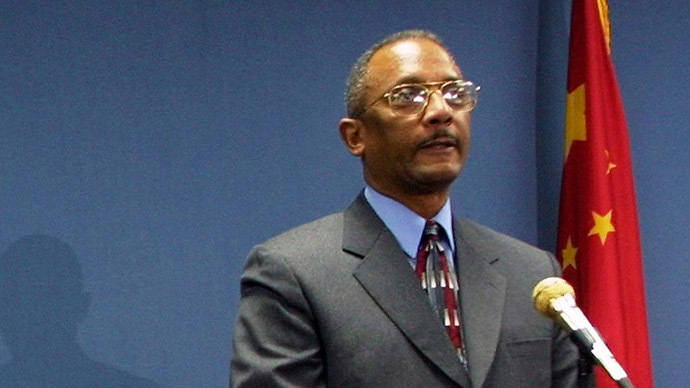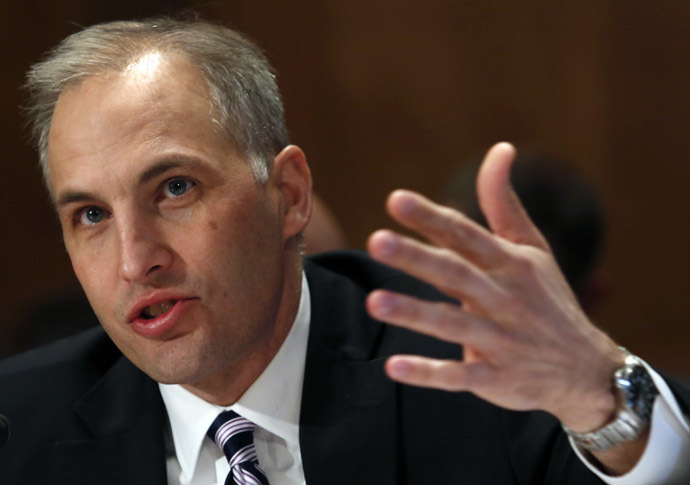Up to 40 Americans who fought alongside ISIS have returned home, says congressman

Up to 40 radicalized US citizens who have fought alongside terrorists of the Islamic State (also known as ISIS or ISIL) have already returned to the United States and could pose a real terrorist threat, says Rep. Tim Bishop (D-N.Y.).
Of the hundred or so Americans who have traveled to the Middle East to join the Islamic State's ranks, some 40 have returned and are currently being surveilled by the FBI, Bishop said in a recent speech.
“It is not yet a threat to the homeland, but there is a concern that it could metastasize in such a way that it could become a threat,” he warned.
The lawmaker also expressed concert that jihadist fighters could clandestinely enter the United States through the porous southern border.
However, US officials with the Department of Homeland Security (DHS) and other security agencies have said that while the southern border poses a real risk, they are more concerned about lone wolf attacks in which an isolated radicalized individual sympathizing with IS carries out a solo terror attack.
“There have been Twitter, social media exchanges among ISIL adherents across the globe speaking about that as a possibility,” Francis Taylor, under secretary for intelligence and analysis at the DHS, told senators during a recent hearing.
Other US officials have also discussed the possibility of Islamic State sympathizers carrying out an attack on the United States.

“We remain mindful of the possibility that an ISIL-sympathizer—perhaps motivated by online propaganda—could conduct a limited, self-directed attack here at home with no warning,” Matthew Olsen, director of the US National Counterterrorism Center, said in a speech earlier this month.
He went on to say: “We have seen ISIL use a range of media to tout its military capabilities, executions of captured soldiers, and consecutive battlefield victories. More recently, the group’s supporters have sustained this momentum on social media by encouraging attacks in the US and against US interests in retaliation for our airstrikes. ISIL has used this propaganda campaign to draw foreign fighters to the group, including many from Western countries.”

Meanwhile, many are concerned about a Minnesota immigrant community, where a number of young men fighting on the side of Islamic State militants is growing.
They are believed to be part of a larger investigation by the FBI’s field office in Minneapolis. Supervisory Special Agent E.K. Wilson said the issue is a significant concern and of top priority for his agency. Wilson believes the internet is being used as a major recruiting tool to attract young men to fight.
“It has made the radicalization process change over time,” according to Wilson.“It has created more opportunities for self-radicalization. There’s a lot of material on the internet.”
The civil war in Syria, now in its fourth year, has become a magnet for radicalized Westerners. Most of the Americans who have traveled to the country to fight alongside Islamic State terrorists are still there.












